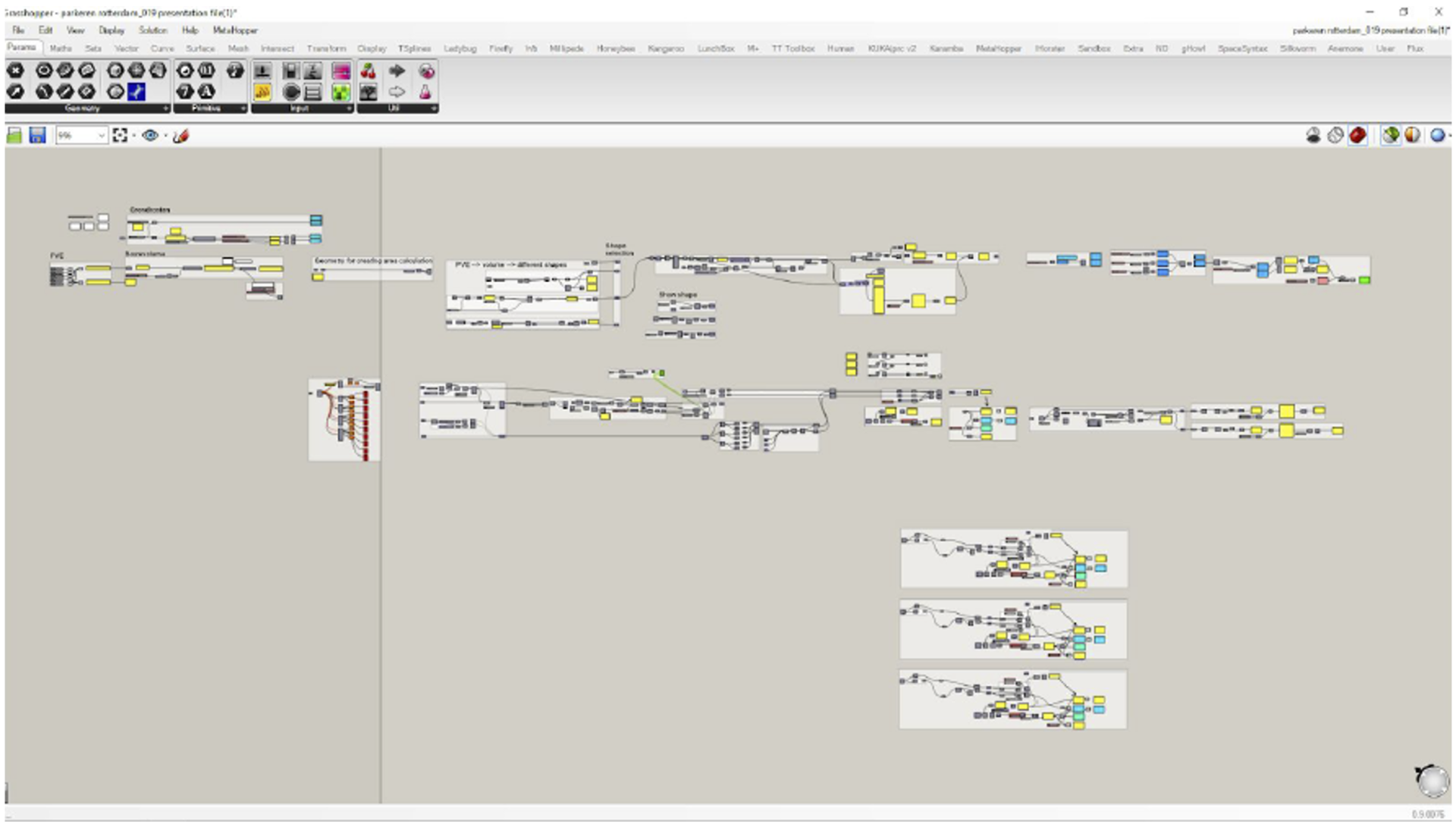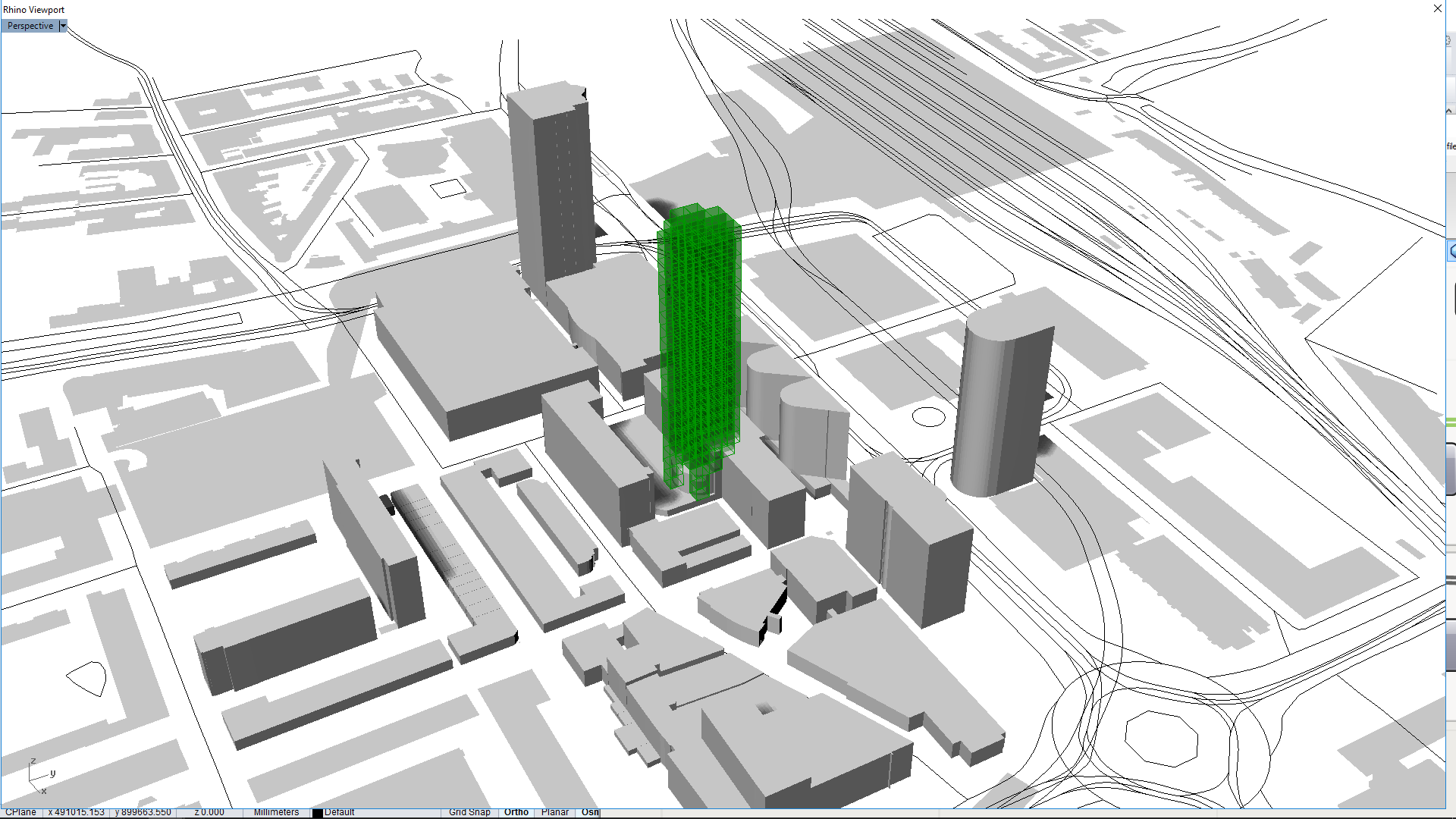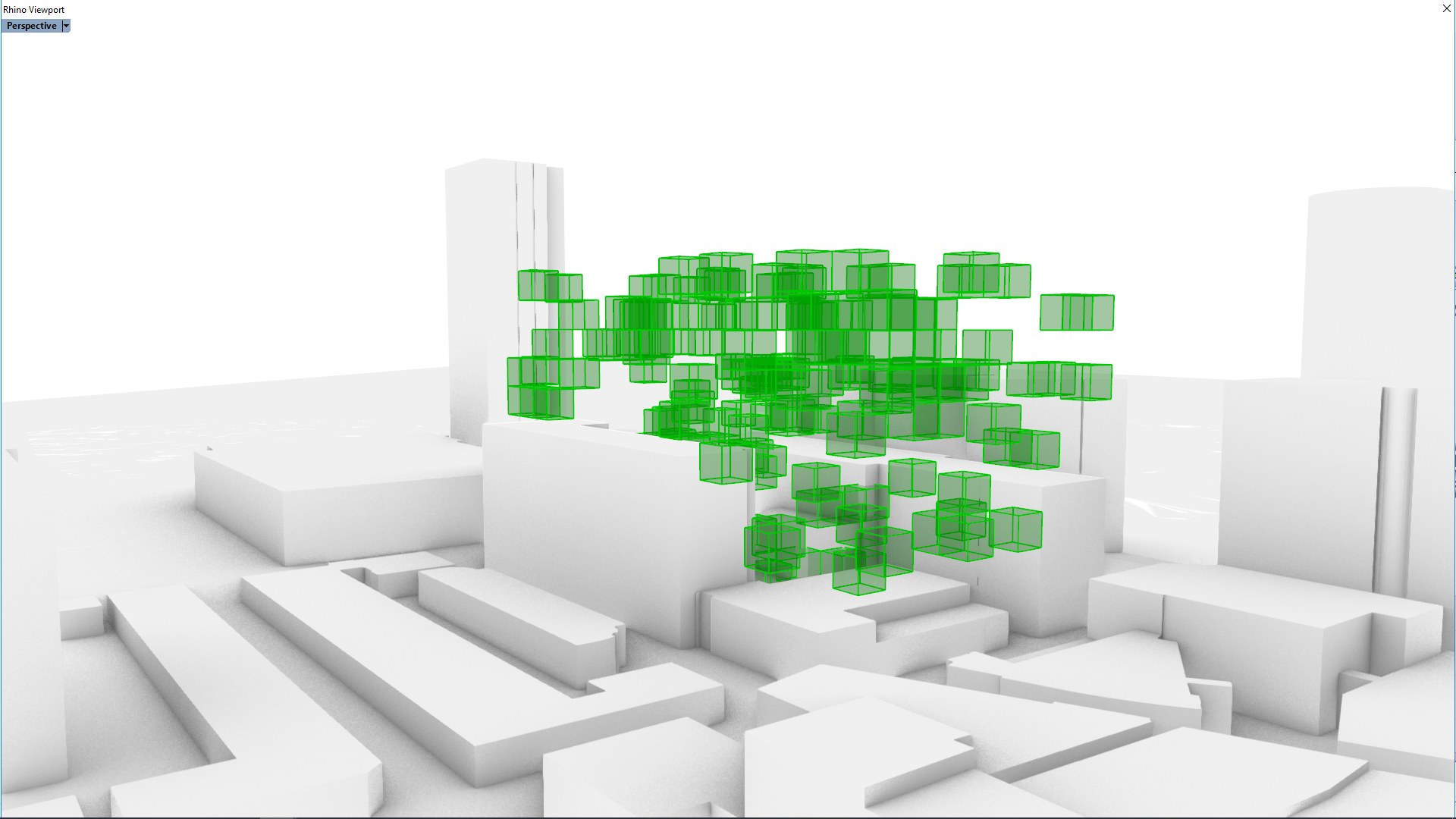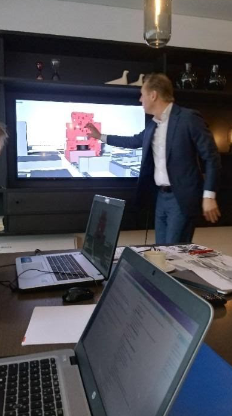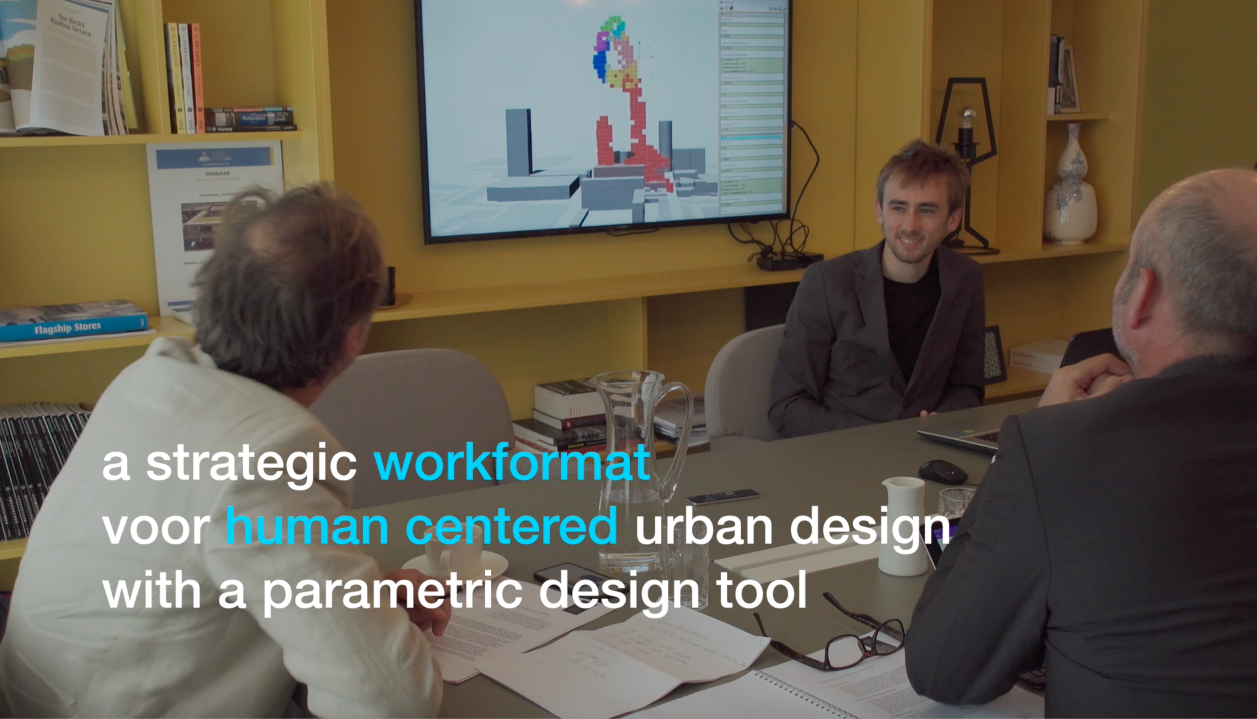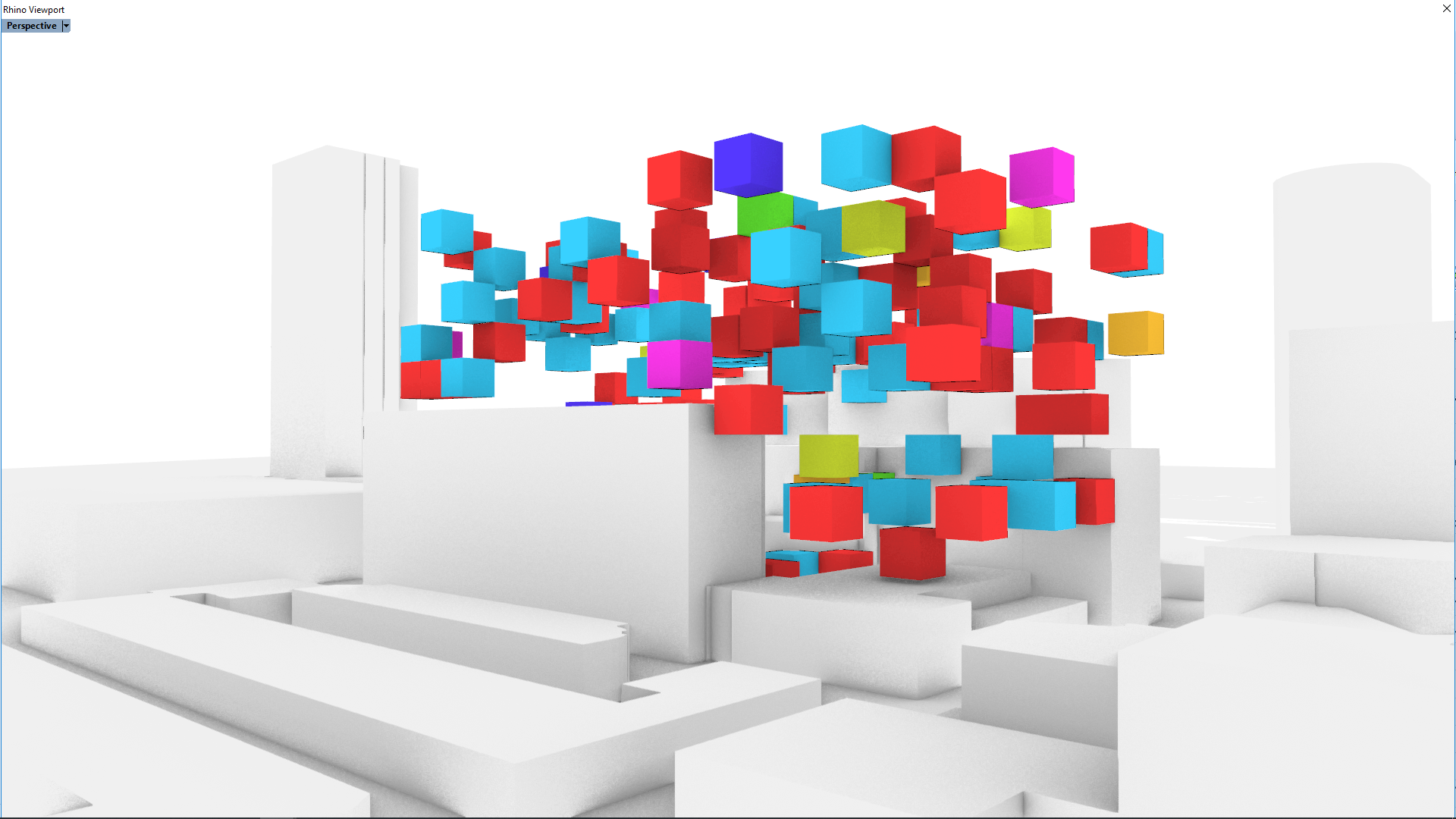Participator® - New Citizen Building
Basic information
Project Title
Full project title
Category
Project Description
New Citizen Building Method with Participator ® is a unique METHOD that provides governments, developers, designers with scenarios from a brainstorm on urban developments, engaging stakeholder potential to establish common ground, and simultaneously calculate/convert accumulated data into an understanding of the economic, social and sustainability impact of scenarios.
The method is applied as a design journey and measured along three key principles: is it human centred, sustainabe and adaptive.
Project Region
EU Programme or fund
Description of the project
Summary
New Citizen Building Method with Participator ® is a unique METHOD that provides governments, developers, architects, designers with scenarios from a brainstorm on urban developments, engaging stakeholder potential to establish common ground, and simultaneously calculate/convert accumulated data into an understanding of the economic, social and sustainability impact of scenarios for urban development.
The New Citizen Building Method is applied as a cross-discipline design journey and measured along three key principles. Is the development:
1. human centred and of socio-economic value;
2. future proof and adaptive;
3. circular and sustainable.
The output of the multi-stakeholder design journey will form the basis for the functional and aesthetic design.
The design journey can be initiated by any developer, architect or institution and is guided and moderated by a minimum representation of the New Citizen Building team*:
- New Citizen Design is process leader and guards the key principles.
- ONL for professional guidance and operation of Participator©, the tool that processes all data and input.
Additional specialties are available or can be added by the initiator of the design journey.
The journey has five stages
1. Determining the rules: client is leading in indicating frameworks and the stakeholders that are invited to join.
2. A digital under-layer of the building site and a set of data important to the client are added to Participator©.
3. In a number of sessions, the method is applied in the interactive journey, adding and interchanging ideas/data, seeing effects, adding on each other’s input, deciding what to keep/reject.
4. Scenarios are assessed on their multi-defined impact.
5. Outcome: common ground for socio-economic DBMFO-requirements for the agile, future-proof use of sustainable urban environments.
*) When adequate funding comes available, the tool will be made into an accessible, licensed tool through a user friendly interface.
Key objectives for sustainability
New Citizen Building Method with Participator ® shows building developers and real estate developers the merits of sustainability and circularity in terms of (functional, inclusive and aesthetic) quality as well as commercial feasibility. Pressure in time and aspects like quick return on investment , make them stick to traditional development ways and traditional partners. The majority of these developers still thinks it costs them to also develop sustainably or they lack knowledge and reliable partners to work sustainably. Sometimes they do use circular (re-use) materials or green to 'show' sustainability, however not 'be' sustainable. Though these PR/reputation aspects are an asset to start off with, the real impact lies in (socially) sustainable development through full integration of the development chain and with the help of the New Citizen Building participatory method. The method has the potential to help large quantities of European developers and cities to see a wide range of implications and merits before spending the budgets.
By seeing the direct implications of sustainability, given as input in the design journey they are more willing to adopt sustainability for the requirements, design, materialisation, smartness and realisation of the development.
The input is datafied and weighed/calculated into (cumulative) outcomes of the effects on the environment, the footprint, but also on eg. social interaction. In the case of the Lumière development, the site owner Manhave started off as a sustainability sceptic and turned into one of the cities most convinced advocates on circular and inclusive building aesthetic. The New Citizen Building Method with Participator ® made him see possibilities in design and materialisation, he had not thought of before or, more importantly, had never thought to be also commercially feasible.
Key objectives for aesthetics and quality
The New Citizen Building Method with Participator® involves key stakeholders, among whom the future users, neighbourhood representatives and urban planners/architect. These stakeholders have very different levels of expertise and differ in professional and educational skills. Non-professionals though, are equally involved and valued in the urban design journey as are professionals.
In the Lumière design journey, for instance, non-professionals formulated requirements like 'we would like the future building to have public spaces where not only tenants/owners can relax and meet, but which are open to the general public'. This has been datafied into solutions like public recreational and decorative green and water, also on higher floors, on porosity requirements for the design and in leisure facility units.
Another example of the inspiration from non-professionals was the scenario for a round/circled building, as a reference of softness and kindness in the stone city area, and also on public movement flows where people would be able to always circulate through the building-floors and would not, or hardly come across dead-end hallways and floor paths.
Whereas in traditional methods, the developer and architect would think of the requirements themselves, and put a side much porosity and, on the surface, non-functional aspects like 'meeting' and 'public spaces within the building', seeing the effect of the input on spatial volume sketches and at the mean time the accumulated calculation of costs and revenues/impact, convinced them of their merits.
Key objectives for inclusion
The New Citizen Building Method with Participator® is a participatory method that is intrinsically inclusive in its process to reach inclusive urban design by involving professionals as well as end users. When a development that has followed the New Citizen Building method with Participator® goes into realisation, it is generally a mixed use/mixed socio-economic development, seeing to lively and liveable neighbourhoods within the urban development, as well as in interaction with the surrounding neighbourhoods. Often giving an impuls to these neighbouring areas. New Citizen Building is designed in entities (in terms of sizing and utilities, called ‘voxels’) that eg. can now be an office or maker space and can be adapted to later needs (like living or schools) easily. Furthermore, New Citizen Building calculates and designs in such a way that first users, for instance in gentrification areas, can stay in the neighbourhood or development when value increases. In most gentrification areas, first users are obliged to find other accommodation when commercial developers come in. New Citizen Building, both as a method as when actually realised in an urban development finds (cooperative) ways for first users of profiting from value-increase.
Results in relation to category
The results of The New Citizen Building Method with Participator® are mainly achieved through
- Technical decision making innovation
- The use of a unique software tool
- Co-creation
It provides full chain integration of design, build, commercialise and maintain with the help of the unique Participator® tool. Participator® is a parametric instrument for participatory design, distinguishing itself from more widely used parametric tools in that it is a three dimensional software platform in which the various stakeholders (professional and non-professional, technically or emotionally involved), participate/co-create the development of the urban or building plan by quantifying their qualitative input. It adds a serious gaming element to the interactive work format of the design journey, by choosing values for a large number of parameters, including the intended budget and the desired financial and social returns. The results of the choices made, are visualised in a dynamic 3D model that is immediately updated after each new input value. The new 3D models are generated within seconds. They facilitate the stakeholders to have a spontaneous, engaged discussion about various “what-if” scenarios. Participator© tool provides instant visual and numerical feedback in the design journey. The strength of Participator© is that all entered values remain dynamically linked throughout the design process, according to the principles of parametric design. Based on the costs and revenues of the different parts in their urban context, Participator© calculates the expected returns. In previous urban design studies with the help of Participator©, this working method has proven to stimulate the imagination, to subsequently come to unconventional solutions, while the budgetary preconditions are guaranteed and common ground between stakeholders was reached.
How Citizens benefit
The New Citizen Building Method with Participator® through its participatory character enhances understanding between designers and developers and citizens/end-users which stimulates common ground for the shaping of the urban development. Furthermore it enriches the design and development ideas and solutions; it accelerates to come to solutions that, at the start of the journey, one would not have thought possible. Also, New Citizen Building Method with Participator® incorporates the new citizen design movement, framed around the unique knowledge of the values of the New Citizen, and great knowledge regarding the ecosystem of cities. It emanates from the core of positive, human energy, coupled with a conscious relationship to social issues, big and small. In the Lumière case, the application of the method resulted in an adapted programme of requirements based on the input of the non-professional participants and focusing on the human wishes for a liveable building and urban environment. Also, neighbourhood representatives and future users felt and stayed positively involved from the early stages of the development.
Innovative character
The New Citizen Building Method with Participator® is innovative in its combination of input from human multi-stakeholder, cross-discipline, full chain integration and the parallel use of a 3D parametric design tool. The Participator® 3D parametric design tool is innovative in itself, also, because, on the basis of academic research and modelling, and with the help of the human energy and input, the tool has a rich set of data and shows the impact of input on a double screen. A visual rough volume-function design grid and a flowchart with the accumulative calculation of data such as cost and (social) revenue, circular impact, relative position to neighbours, multimodality, optional ubiquitous booking, added value of green spaces.
About the tool’s technique
The programming of the design game for multimodality is executed in Rhino/Grasshopper. The general strategy is to set global and local parameters driving the constituting modules. The sequence of specification starts with selecting active reference points from the point cloud’s 3d array of reference points. Then these points are represented by a cube. Next step is to apply the level of porosity to the selection, whereas a randomiser selects the percentage of visible cubes. Furthermore, we have introduced attractors to attract certain functions. The strength of these attractors determines the number of affected cubes, positioned within the zone of influence of the attractor.
After this, the script is augmented to support that many data can be abstracted from this model. Tweaking the parameters, any change in the model is immediately recalculated to have immediate feedback from choices being made. The stakeholders can test their own choices* and have feedback immediately, in its full transparency to see for the other stakeholders.
*) such as circular materialisation or construction, green and water, socio-economic value etc.

